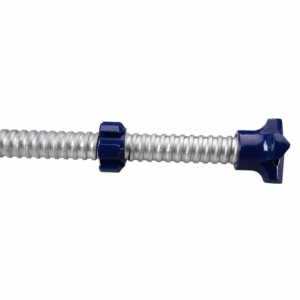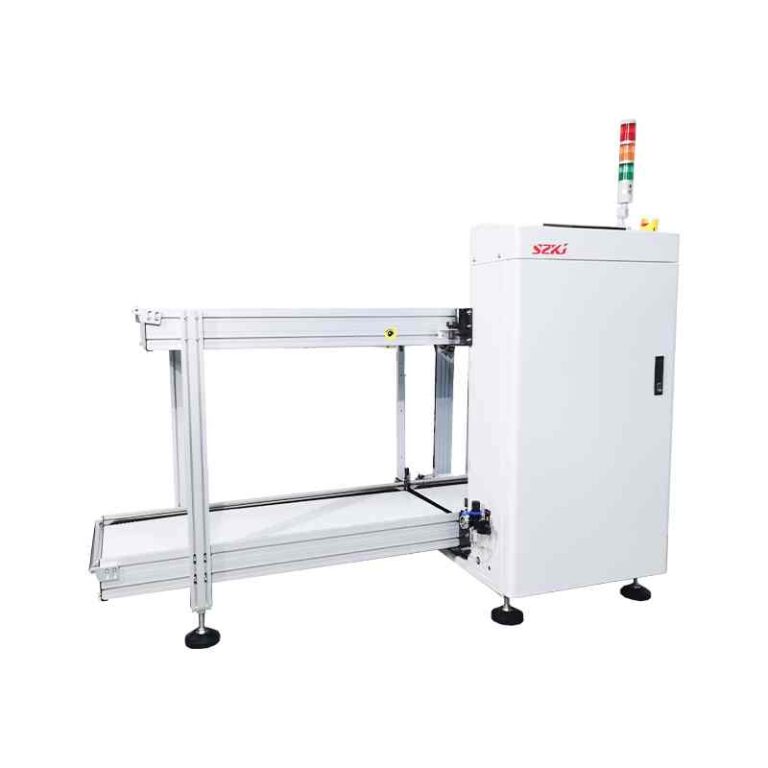The Importance of Inspecting and Maintaining Ground Anchor Bolts
Ground anchor bolts are essential components that keep structures securely attached to their foundations. Over years of use, they face exposure to moisture, vibrations, and environmental stress. Without regular inspections and proper maintenance, these bolts can lose their effectiveness, leading to serious structural issues and even potential safety hazards.
For homeowners, facility managers, and contractors, knowing how to inspect and maintain ground anchor bolts is key to ensuring long-term stability and reducing repair costs.
Common Problems Found in Ground Anchor Bolts
Visible Signs of Wear and Damage
During inspections, you should look out for:
-
Corrosion and rust formation on the bolt surface.
-
Cracks or chipping in the surrounding concrete, which may signal internal stresses.
-
Loose or missing nuts that can compromise the bolt’s load capacity.
-
Bent or misaligned bolts resulting from improper installation or heavy loads.
Environmental Conditions That Speed Up Deterioration
Certain environmental factors put ground anchor bolts at greater risk:
-
High humidity and constant rainfall can accelerate corrosion.
-
Salty air in coastal areas attacks metal surfaces more aggressively.
-
Freeze-thaw cycles in colder climates may cause micro-fractures in concrete around the bolts.
Understanding these factors helps in planning more effective maintenance.
Step-by-Step Guide to Inspecting Ground Anchor Bolts
Step 1: Conduct a Visual Assessment
Start by visually examining all accessible bolts:
-
Look for rust, discoloration, or surface pitting.
-
Check for water pooling or dampness around anchor points.
-
Verify the presence of washers and nuts, ensuring they are not loose.
Step 2: Test Bolt Tightness
Using a torque wrench, check if bolts are properly tightened to recommended levels. Loose bolts should be re-secured carefully to avoid over-tightening, which could damage the threads or surrounding concrete.
Step 3: Inspect Protective Coatings
Bolts often have galvanization or epoxy coatings to resist corrosion. Examine these for chips, cracks, or peeling that could expose the metal to moisture.
Step 4: Evaluate Embedded Sections
For embedded bolts, pay attention to stains or cracks on the concrete surface, which may indicate hidden corrosion beneath. In such cases, professional inspection tools like ultrasonic testing may be needed.
Maintenance Tips for Ground Anchor Bolts
Routine Cleaning and Protection
To extend the service life of ground anchor bolts:
-
Clean off dirt and debris regularly to prevent moisture retention.
-
Apply anti-corrosion sprays or grease to exposed metal surfaces.
-
Install protective caps over bolt heads if they are exposed to the elements.
Periodic Retightening and Adjustments
In high-vibration environments or seismic zones, bolts can gradually loosen. Schedule routine torque checks and re-tighten as necessary to maintain secure anchorage.
Professional Maintenance for Critical Structures
For large-scale facilities or critical infrastructure, engage professionals annually to perform in-depth inspections and recommend preventive measures or replacements where necessary.
Common Mistakes to Avoid During Inspection and Maintenance
Failing to Schedule Regular Inspections
Delaying routine checks can allow minor issues to escalate into major structural concerns.
Ignoring Environmental Risks
Using untreated bolts in coastal or high-humidity environments often results in faster degradation.
Over-Tightening Bolts
Applying too much torque can damage both the bolts and their concrete anchors, leading to reduced structural reliability.
Advanced Solutions to Improve Bolt Durability
Upgrading to Corrosion-Resistant Materials
Switching to stainless steel or hot-dip galvanized ground anchor bolts offers superior protection against rust.
Using Enhanced Coatings
Modern protective coatings, such as duplex systems combining galvanization and powder coating, provide extra layers of defense in harsh conditions.
Installing Drainage Systems
Prevent water accumulation around anchor points by ensuring proper site grading and adding drainage channels if necessary.
Why Regular Care Benefits Property Owners
Investing in routine inspections and proper maintenance of ground anchor bolts can:
-
Extend the lifespan of your entire structure.
-
Prevent costly emergency repairs.
-
Ensure compliance with building safety codes.
-
Provide peace of mind that the foundation remains secure.
For homeowners and property managers alike, these practices are a small effort with significant long-term rewards.
Conclusion: Safeguard Your Structure With Proactive Bolt Maintenance
Ground anchor bolts may not always be visible, but their role in structural safety is undeniable. By inspecting them regularly, addressing minor issues promptly, and maintaining protective measures, you ensure the integrity of your building’s foundation for decades to come.
Adopting these strategies reduces the risk of unexpected failures and protects your investment, whether in a residential home or a commercial facility.
0






